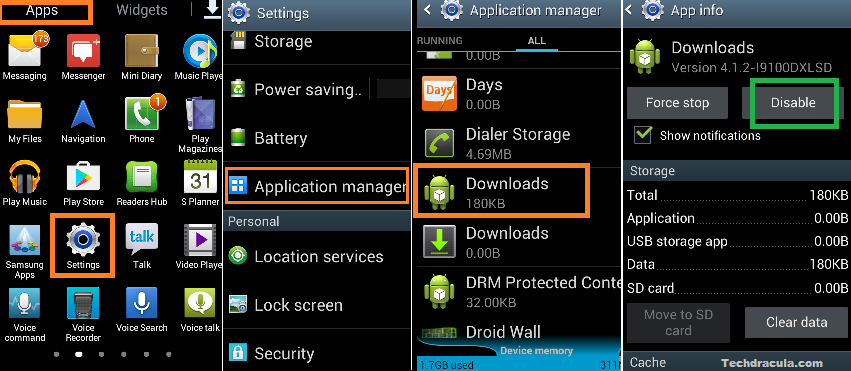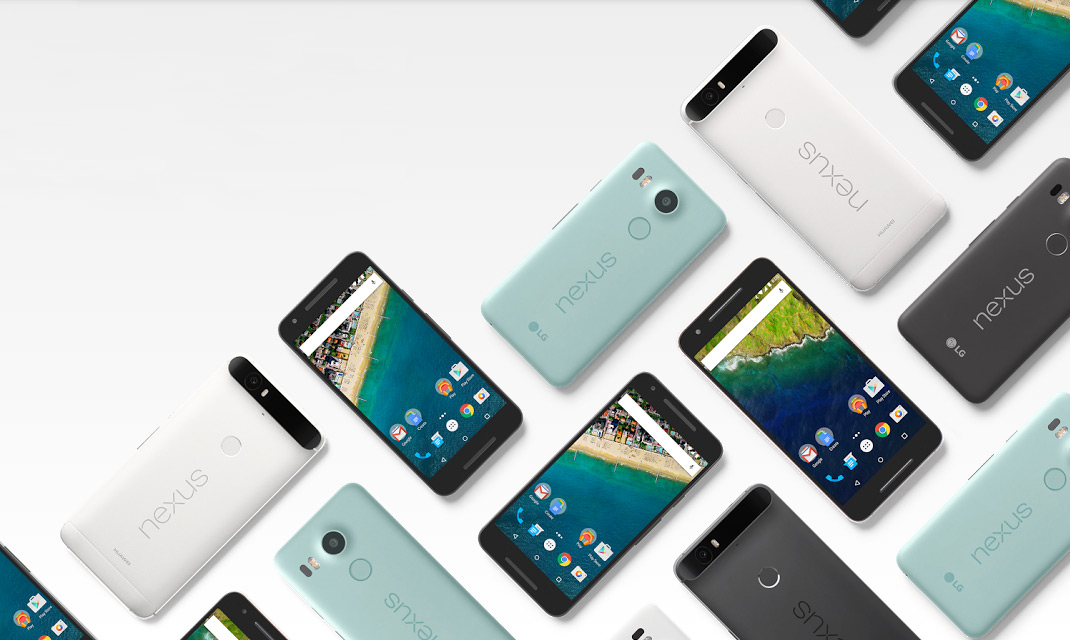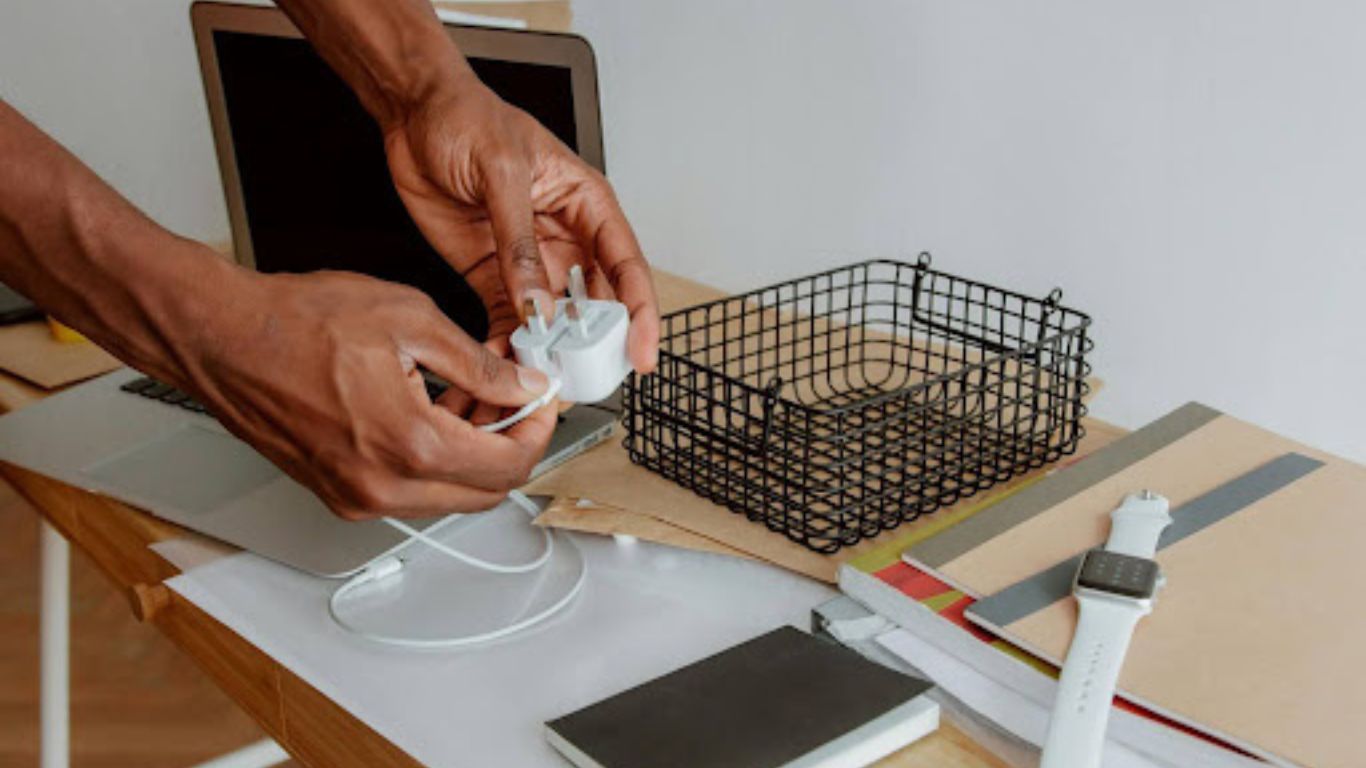The process followed for updating the Google’s phones are the same as ones followed by phones from other companies. There is but one major difference. This difference is big enough that you cannot oversee the same. A timely Android update is only possible if you are using a phone that Google has recently sold. In other words updating your phone is as easy as churning the milk except in one case. This exception is if your phone says Nexus or Pixel on the back of it.
You are getting these two things wrong
In a random conversation when you talk about the update situation, you may hear people saying that Google can do the updating faster. They reason you get to hear is that it does not have to go through the carriers and the companies that make the phone hardware. However, there is a lot more to add. You need to have a look at how a Google Android update begins and delivers. This will add to the charm of your conversation.

Life works on assumptions in general and also when we interact with people on random topic. Same is the case here as well. There are primarily two wrong assumptions on which we begin our conservation about updating. These two misconceptions that we have in mind are as follows:
1) The number of devices that are available strikes a big difference: The methodology that they follow for preparing a software update for one phone is the same as building a software update for one million other phones. The only difference lies in the deployment. This is so because more people are downloading it because of which more errors can occur. However, two things are independent,changing the code and testing how everything works. These two factors do not depend on how many phones use it and how many are in the wild.
2) Carriers and manufacturers have no role to play: There is a similarity in Android on a Nexus 5X and Android on a Nexus 6P or Pixel. You do not build this in a bubble nor do you test it in one. A manufacturer is still engaged in an update for a Pixel or Nexus phone. The situation of work is as follows. Someone works with the vendors who make the individual components. This someone gets everything working as expected. In addition, he sorts out the licensing. They then test it with input from a lot of other companies. The example of these companies are big software vendors and carriers.Google made it with no significant changes.
The process of deployment
An ideal instance that needs to be highlighted is, Verizon places quite a high value on its network and blacklist a particular phone quickly if it causes trouble. Google asks Verizon to have a look before that can happen. This is true also for the phone that do not belong to a brand specifically for Verizon.
What we wish to simplify here is that Google is the only company that writes the software for an Android update on a Nexus or Pixel phone. This is also not technically correct. However, it gets the message across. This is Android the way Google made it with no significant changes.

Google has built a Firmware Over The Airsystem (FOTA) update into Android. This is simple and robust. An application in the system software messages a server. If the response reveals that an update is available then a special download manager service starts and gets hold on the file. Google hosts the files for almost every Android phone. Your phone will get an update slot assigned. This is based on your unique device ID and a bit of random number generation. The update files are not available to everyone at the same time. The crushing of download server is not by demand. In case, a critical error is uncovered then it can stop the roll-out. The same process takes place for almost every other phone.
The way of developing the update- an important aspect
All updates including Nexus or Pixel, have a manufacturer and a carrier involvement. All are rolled out in the same way. Google has a distinct advantage in the way the update code is delivered by the people. An update is “finished” by Google before it is finished for Samsung. The populace who are involved in building Android for a Nexus or Pixel phone can fundamentally use the Android code. They can use this as it is written. Building Android from the source code is not troublesome at all. You just need to give a few commands to a computer which is properly set up to compile Android. This gives help to build all the parts into software. you can copy these to a phone. The “hard” work is done by the masses writing and changing the code itself.
Few exceptions

The phones that do not use the code the way it is written are the exceptions like by Samsung or LG. It implies that they can’t just download the updated parts and build their software like Google can. This is especially evident for those monthly Android security patches that require adaptation to work with the custom operating system companies build using Android as the base.
Building update software by google The way Google handles the source code and builds updated software for their own phones is similar to that of others. Developers make alterations and add features to the Android source. Google Hardware accepts those code and work with the companies that make the parts inside the phones to start running it well on each model. It then makes it available to the public through the beta program. Google Hardware need not work these base layer changes into the code for a custom operating system. This is inevitable when you have different companies building different software from the same base code. The ultimate goal is to build a rich ecosystem with the help of different companies offering very different experiences. besides, these still remain compatible with Android at the feature and app level.




